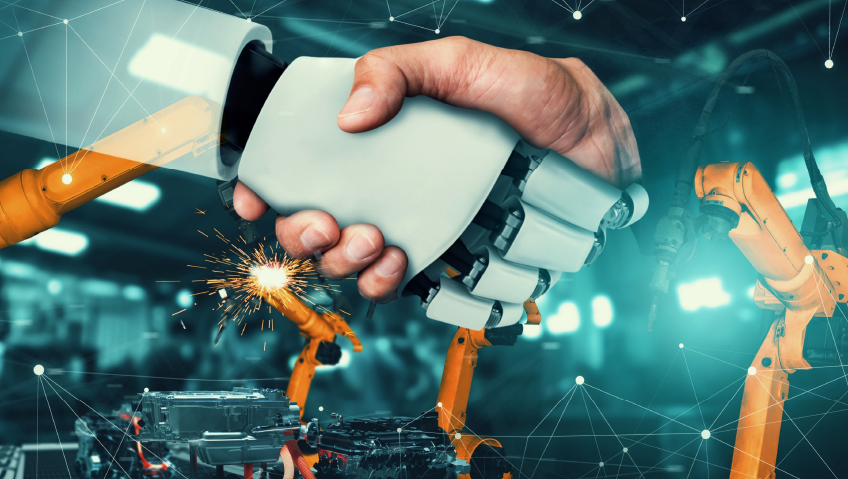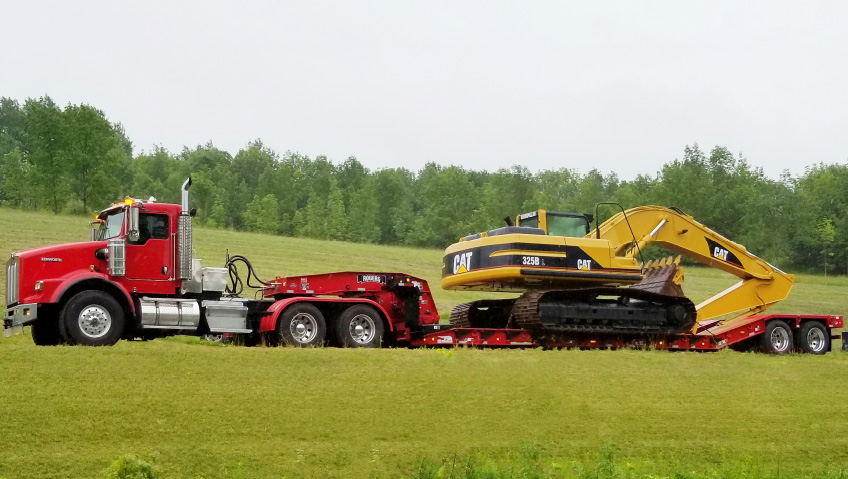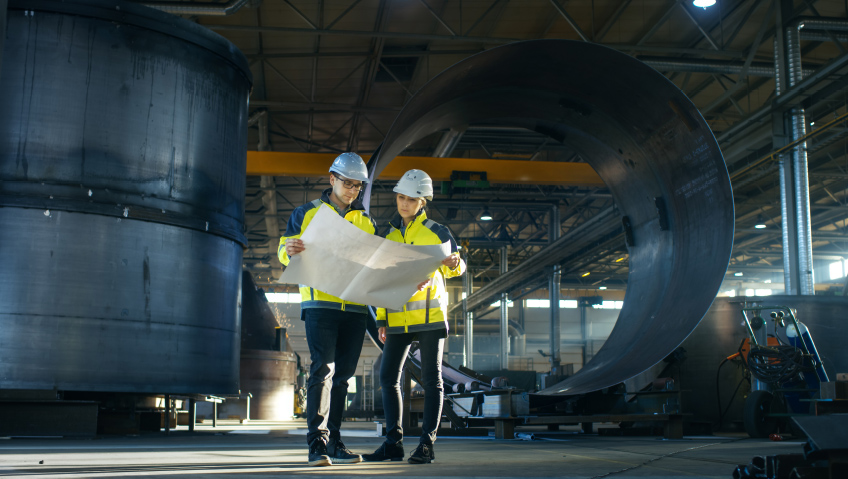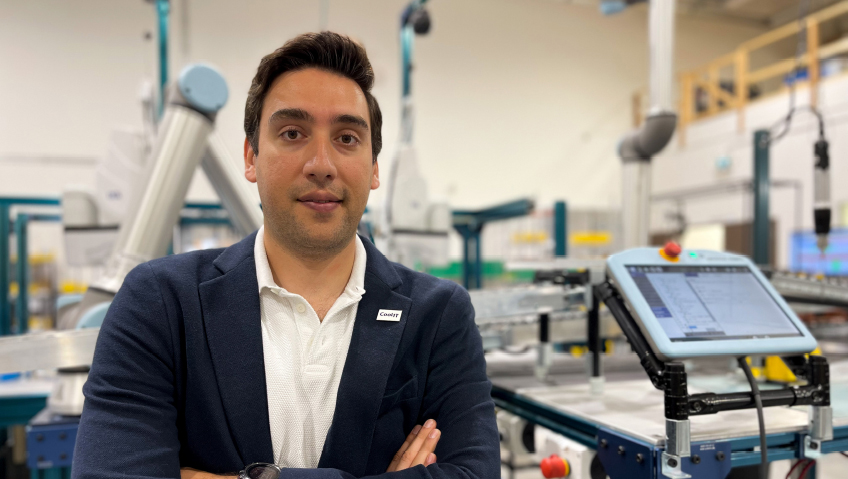For decades, manufacturing has been surrounded shrouded by myths and misinformation, and the time to change those distorted perceptions is now.
Burdened by an outdated Dickensian perception of being ‘dirty, dark and dangerous,’ manufacturing today bears little resemblance to the past, where factories were infamous for poorly lit workstations, soot-filled air, and the deafening clang of machinery. With clean, safe and modern high-tech facilities, manufacturing today is a stable, well-paying career choice. Like other disciplines, manufacturing requires ongoing education, hands-on training, dedication, and the ability to work with others in the profession.
Despite its many attributes, mistruths about manufacturing being unsafe and a ‘dead-end job’ remain. One of the biggest falsehoods is that manufacturing doesn’t present opportunities for women, which couldn’t be further from the truth. Recent years have seen manufacturers, various levels of government, and schools promote the many career opportunities available – from the shop floor to executive levels – all of them challenging, and providing personal and professional satisfaction.
Increasing Workplace Diversity
Perceived as a male-dominated career, manufacturing has suffered from a steady attrition of skilled workers for years. Combined with fewer and fewer younger persons entering the field, the situation has become much worse because of COVID. According to a recent report from multinational services network Deloitte, the pandemic cost American manufacturers a staggering 578,000 jobs in 2020 alone. The current situation is a conundrum: there are many jobs available, but where are the people to fill them?
In late December, the powerhouse Washington D.C.-based National Association of Manufacturers (NAM) – which represents about 14,000 member companies across America – released the Manufacturers’ Outlook Survey. Covering the fourth quarter of 2021, the survey revealed that although U.S. manufacturers remained mainly upbeat about economic outlook (86.8 percent, down from 87.5 percent in the third quarter), many remain “significantly concerned” with a host of issues, ranging from potential tax increases on manufacturers to inflation, and the crisis in hiring new staff.
“Manufacturers are working overtime to fill more than one million open jobs, including through our nationwide Creators Wanted workforce campaign,” stated Jay Timmons, NAM President, Chief Executive Officer, and Chairman of the Board of the Manufacturing Institute in a media release. “On top of that, we’re grappling with a supply chain crisis. Despite the challenges confronting us, manufacturers remain bullish on the future. But if Congress passes legislation with taxes that hit manufacturers harder than other industries, our entire recovery will be thrown off course. If new taxes land on our shoulders, it will undo all the progress we’ve made since the 2017 tax reform law.”
Among the key highlights in the report were concerns over increasing material costs, supply chain challenges, and notably, 82.7 percent of respondents concerned about being unable to attract and retain a quality workforce, with 52.7 percent stating they lacked enough workers to meet their transportation and logistics demands.
Throughout the survey, the lack of employees and resulting challenges this presents to the supply chain (including port bottlenecks), is emphasized repeatedly. A full 85.2 percent of respondents stated they had “unfilled positions within their companies for which they were struggling to find qualified applicants,” requiring them to use internal training programs, temporary staffing agencies, and working with schools on skill certification programs. In 39.9 percent of cases, staff about to retire were encouraged to remain.
“Without having enough workers, nearly 45 percent of respondents were unable to take on new business and had lost revenue opportunities,” stated the report. “In addition, roughly 71 percent cited negative impacts on the timeliness of product deliveries and with production processes, and nearly 70 percent had increased compensation significantly at their company to remain competitive with local market conditions.”
Future-Proofing Manufacturing
According to Deloitte and the Manufacturing Institute Manufacturing Talent study, there will be about 2.1 million unfilled jobs in the sector by 2030. To ensure enough roles are filled in the coming years, manufacturers must embrace diversity, equity, and inclusion (DEI), and be open to digital changes, which will re-define how we work.
As with many other industries, technology has advanced manufacturing exponentially since the early days of the first Industrial Revolution, which transformed how goods were made by ushering in machinery powered by energy such as coal, steam, and electricity. The Fourth Industrial Revolution – characterized by artificial intelligence (AI), 3D printing, the Internet of Things (IoT) and other growing technologies – is fast making way for Industry 5.0. After experiencing two years of COVID-related lock-downs, some futurists believe the pandemic has been beneficial to manufacturing, compelling it to embrace bold new concepts.
Apart from slowing supply chains, COVID-19 saw some manufacturing facilities forced to slow production or close for a time due to safety concerns. According to a recent post from U.K.-based Oxford Economics entitled In the 5th Industrial Revolution, creativity must meet technology, traditional work practices must adapt, embracing not only AI, Big Data, and IoT, but create a balance between emerging tech and people. “Rather than humans competing with robots for jobs, as feared with the arrival of Industry 4.0, humans are now envisioned to collaborate with them,” states the post. “These cobots — collaborative robots — are to be integrated into industrial processes for more repetitive and mundane tasks, providing humans with greater opportunities to use their creative flair.”
The proposal is a sensible one, and in some ways, long overdue. COVID pushed technology and our behaviour forward, and there is no going back. Companies of all sizes have invested untold sums into logistics, and building e-commerce sites to stay in business during lengthy lockdowns. In just two years, consumers, even those on the fence about online retailing, are now eagerly buying everything from groceries to electronics and personal care products online. This will see manufacturers adapt how items are made, warehoused, packaged and ultimately delivered.
Just as manufacturing technology continues to advance, so will the need for the next generation of workers to control the machines. The term ‘skilled trades’ will evolve to include specialists in 3D modeling, programming, lean manufacturing, computer-integrated manufacturing (CIM), and other digital disciplines. Traditional manufacturing courses will continue to exist, alongside classes in digital design and manufacturing specialization. And unlike the past where manufacturing jobs were aimed mainly at males, tomorrow’s jobs will see more women enter the field, and a generation raised on technology.
For the manufacturing sector, failing to get on board with technology to address retiring skilled workers is a recipe for disaster. Last July, the White House briefing room pulled no punches when it issued the media release, The Future of Our Economy Depends On Reinventing American Manufacturing and Innovation. A jumping-off point for President Biden and his Made in America order, the release addressed the pandemic and industry job losses, while it “also shined a bright light on deep and decades-old cracks in our supply chains that undermine our economy, our health, and our national security.”
North America became a global manufacturing powerhouse during the early days of World War II about 80 years ago. Embracing a diverse, tech-savvy workforce will see it regain that position once again.






